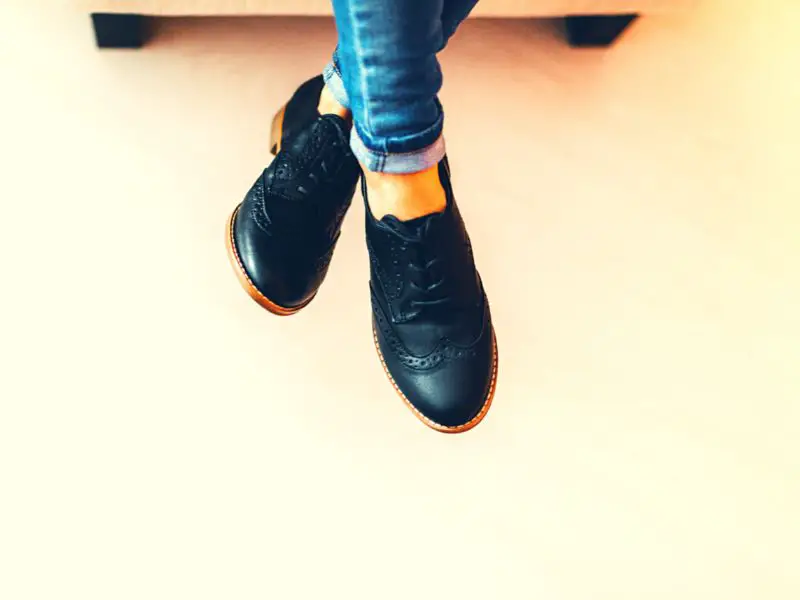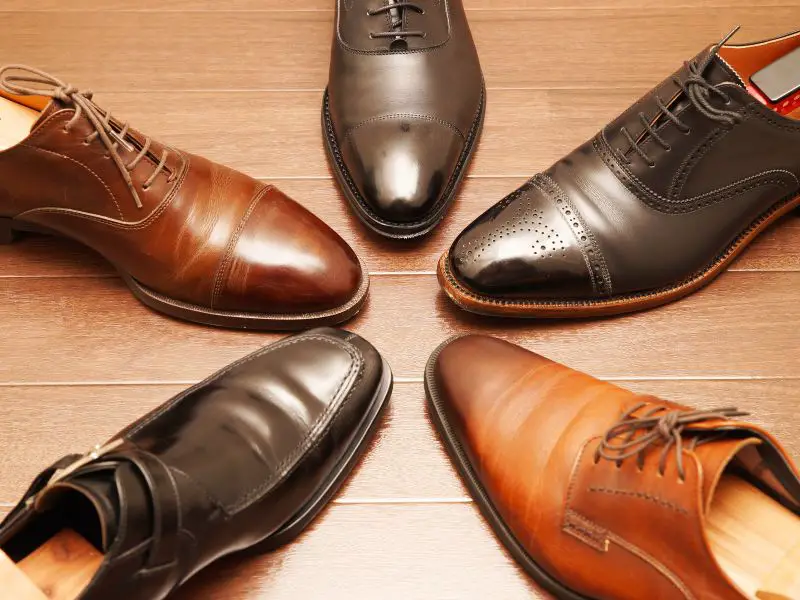Nowadays, more and more people are focusing on sustainability in their lifestyles.
From a fashion standpoint, consumers can choose many styles of shoes. Many people focus on aesthetics when deciding what type of shoes to buy, but there is more to consider than looks. A more sustainable approach to lifestyle is buying shoes made from sustainable materials. In this article, we will look into what makes shoes sustainable, the materials of eco-friendly shoes, and their role in sustainable shoes.
What Makes Shoes Sustainable?
The sustainable shoe industry considers its social and environmental footprint at every stage of the product life cycle. To put it another way, sustainable shoes often have smaller carbon footprints, are manufactured from eco-friendly and sustainable materials, and are manufactured in ethical factories.

Some sustainable shoe businesses are combining the newest technology with ethical business practices, eco-friendly production methods, and materials to reduce their environmental effect and move toward a more circular form of business.
Regarding sustainability, one of the essential things to think about is buying less but better. Spend your money on durable, high-quality shoes that can also be fixed if damaged.
What Are Ethically Produced Shoes?
Ethically made shoes are produced in a way that considers human rights and the environment. Ethical sources of materials should be obtained, produced, and processed with tremendous possible respect for the people who have them, the people who buy them, and the planet. Ethically produced shoes must meet specific criteria; one example is that they should be free of sweatshops and child labor.
Why Made in America Matters
There is a minimum threshold for labor and environmental rights to run a factory in the United States, which gives American-made goods an ethical advantage. For instance, national, state, and municipal legislation have minimum wages, overtime pay, and safety measures. In addition, municipal regulations have regulations on trash processing, chemical use, water use, and recycling. Depending on the nation, many of these regulations are not existent or not enforced.
In addition, when shoes are produced locally, they are not transported over great distances. Therefore they have a smaller carbon footprint due to less transportation.
What’s the Meaning of Fair Trade?
Fair Trade is a broad movement that supports sustainable development by providing a just, transparent, and fair supply chain.
A minimal price is typically agreed upon to guarantee that manufacturers get a decent income. A fair trade shoe business works with manufacturers that support local communities via initiatives such as healthcare and education.
Why Is a Living Wage in Shoes Important?
A living wage is the minimum salary required for a person to meet their basic needs. Food, housing, and clothes are all necessities. A living wage’s principal purpose is to enable employees to afford a comfortable, basic standard of living.
What Are the Materials of Sustainable Shoes?
Plant-based Leathers
Vegan leather is becoming increasingly fashionable. These contemporary sustainable materials are alternatives to leather and vegan leathers created from plastic. Most of them adopt carbon-neutralizing, low-water methods.

The majority of them do not possess all of the qualities of leather. Instead, they often consist of plant fibers blended with polymers to mimic the look of leather.
- Pinex – Pinex is a long-lasting and eco-friendly natural material composed of pineapple leaf fibers. Generally, surplus pineapple leaves are burned. Instead, Pinex removes the fibers and combines them with polylactic acid and an oil-based glue to produce a fabric that looks like leather.
- Mushroom Leather – This leather comes from the vegetative portion of a fungus. It contains post-consumer trash such as maize cobs, wood chips, and straws. At the end of its life, a shoe manufactured from mushroom leather is both biodegradable and compostable
- Grape Leather – The waste from the wine business is used to create a leather substitute. After grape waste bio-oil is removed, it is polymerized with grape material and mixed with natural fibers to create a leather-like product.
- Cactus Leather – Cactus leather is made using either the fresh young leaves or the older ones of the cactus plant. These leaves are gathered, cleaned, mashed, dried, mixed with non-toxic chemicals, and made into sheets.
Plant-Based Soles and Insoles
The base of a shoe is an essential part of the shoe’s well-being. The soles should be strong enough to prevent foot problems like stress fractures, corns, and blisters. The insole is the layer of material between the outsole and the footbed that lies directly under a person’s foot. Plant-based materials are woven or glued into this layer to maximize comfort and durability.
Here are some materials to look for plant-based soles or insoles.
- Natural Rubber Sole – Natural rubber is a rubber that does not contain any form of synthetic additives. Natural rubber is derived from the sap trees, such as the rubber tree (which yields the material used in natural rubber to make tires) and tree sap latex.
- Rice Husk Sole – The outer shell of a paddy plant is used to provide a durable and flexible sole. The husk is formed into sheets or blocks. It’s then cut into the shape of a foot and finally stitched onto a sole.
- Algae Rubber Sole – Some algae can be used to produce natural rubber when they are grown in large enough quantities. Algae and petroleum are combined to create a lightweight, flexible, and durable foam sole that lowers dependency on fossil fuels.

Sustainable Materials for Uppers
- Certified Organic Cotton – Organic cotton uppers are environmentally friendly because they do not use pesticides or other hazardous chemicals on their crops. In addition, employees are more likely to be paid a fair salary and work in safe circumstances if they come from ethical, fair trade companies or organic US farms. Finally, flats made from organic cotton are eco-friendly and fashionable.
- Bamboo – Bamboo has a reputation for being one of the fastest-growing plants in the world. Bamboo footwear satisfies many eco-friendly criteria, including using less energy and water than that used to produce leather.
- Organic Wool – Wool is obtained from a sheep via shearing or natural shedding. The wool is soft and warm, making it an excellent material for winter clothing. Wool is also a sustainable fabric since it does not require pesticides or herbicides to grow, unlike cotton.
Author’s Note
Fashion is a social and cultural phenomenon that cannot be ignored. It reflects a society’s norms, values, and beliefs. Shoe manufacturers are not the only ones to be blamed for the environment’s adverse effects.
Consumers must become more conscious of their actions and the alternatives to this global problem. As consumers, we must make conscious choices in selecting materials for our activewear and footwear. Being mindful of our choices can make all the difference in a product’s life and its impact on our environment.


1 thought on “What You Need to Know About Sustainable Shoes?”